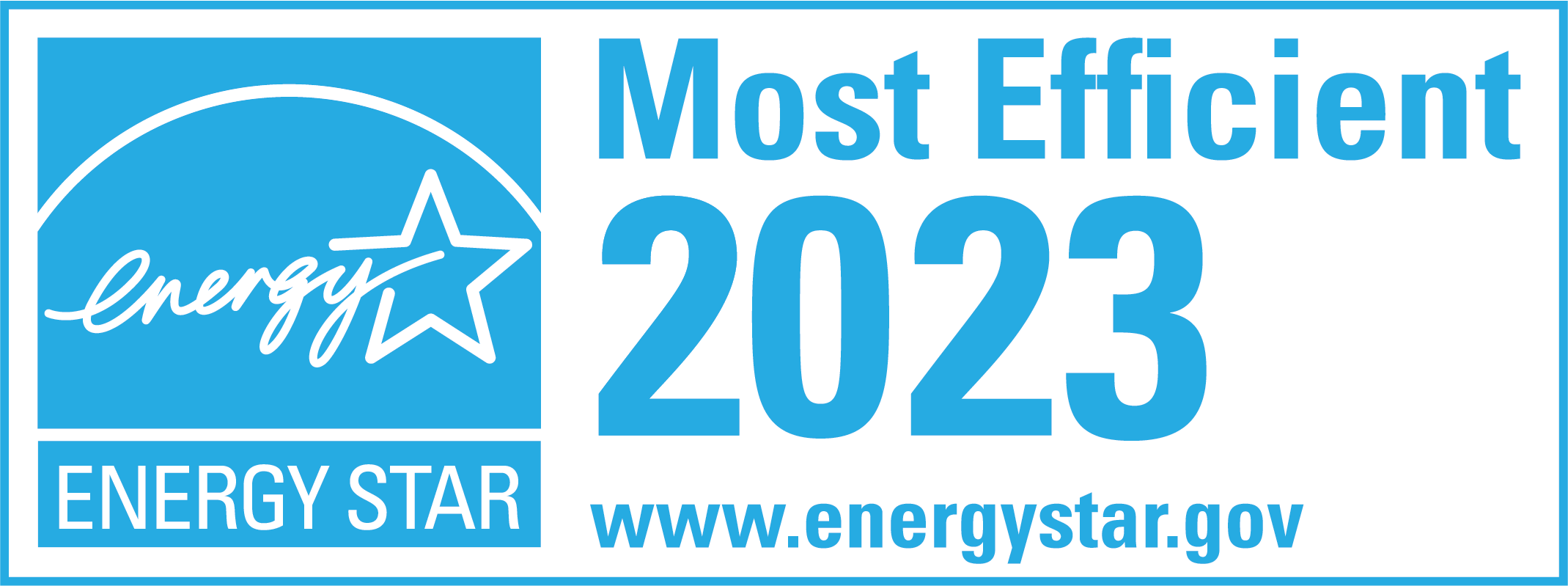R-Value of Windows
Your windows are part of your interior and exterior. That means there is ample opportunity for the outside temperature to transfer through them. The more heat and air that flows through this thin barrier between indoors and outdoors, the more energy you waste, and the more you must rely on your heating and cooling system to maintain balance. To keep your home as comfortable as possible and running efficiently, you will want to consider energy-efficient replacement windows need to be. Keep reading to discover how the R-value of windows and the U-factor play a role in your window’s efficiency.
What is the R-value, and how is it measured?
The R-value measures thermal resistance, indicating how well a material or assembly of materials resists the heat flow. A higher R-value implies better insulation in the context of construction and insulation, including windows and doors.
Mathematically, the R-value is calculated as the temperature difference ratio across a material (or assembly of materials) to the heat transfer through it. A higher R-value indicates better insulation because the material or assembly is more resistant to heat flow. This is important in building construction to reduce energy consumption for heating or cooling. It’s worth noting that R-values are additive for materials in series (e.g., layers of insulation in a wall).
The R-value is commonly used in regions with colder climates to evaluate and compare the thermal performance of insulation materials and building components. Remember that for windows and doors, the U-factor is another commonly used metric that expresses the heat transfer rate, and it is the inverse of the R-value (U = 1/R).
Does Low-e glass improve the R-value of windows?
Low-emissivity (low-E) glass does not directly improve a window’s R-value, but it can enhance the window’s overall energy efficiency. The R-value measures thermal resistance, indicating how well a material resists the heat flow. Low-E glass primarily influences a window’s U-factor, which measures the heat transfer rate.
Low-E glass has a microscopically thin, transparent coating that reflects infrared heat while allowing visible light to pass through. This coating helps in two main ways:
- Reducing Heat Transfer: Low-E coatings reflect a significant portion of the infrared heat, preventing it from entering the building during warm weather (summer) or escaping during cold weather (winter). This reflects the principle of improving the window’s U-factor, or thermal transmittance.
- Controlling Solar Heat Gain: Low-E coatings can also be designed to selectively reduce solar heat gain, allowing visible light to enter while blocking a portion of the sun’s heat. This is particularly beneficial in warm climates, helping to keep interiors cooler.
While low-E glass primarily affects the U-factor, not the R-value, the combination of low-E coatings with other features, such as multiple panes, gas fills (like argon or krypton), and well-insulated frames, contributes to an overall improvement in energy efficiency. Modern energy-efficient windows often incorporate low-E coatings and other technologies to achieve better thermal performance, which helps reduce heating and cooling costs in homes and buildings.
What is the U-factor, and how is it measured?
The U-factor, or thermal transmittance, measures how well a material conducts heat. Specifically, it quantifies the heat transfer rate through a building material or assembly. Unlike the R-value, which measures thermal resistance, the U-factor expresses the heat transfer rate, and a lower U-factor indicates better insulation. The U-factor is measured in units of watts per square meter-kelvin (W/(m²·K)). Essentially, it represents the amount of heat (in watts) that can pass through one square meter of a material for every degree of temperature difference between its two sides.
For building components like windows and doors, the U-factor is particularly important. A lower U-factor indicates that the material is more resistant to heat flow and provides better insulation. This is crucial for energy efficiency in buildings, as lower U-factors mean reduced heat loss in cold weather and heat gain in warm weather.
When selecting windows or doors, looking for products with low U-factors is advisable to ensure better thermal performance and energy efficiency. The U-factor is often provided by manufacturers and is regulated by building codes to ensure that construction materials meet certain energy efficiency standards.
What are good R-values or U-factors for replacement windows?
The R-value measures thermal resistance, indicating how well a material insulates. However, the more commonly used metric in the windows context is the U-factor, which measures the heat transfer rate. Higher R-values or lower U-factors indicate better insulation. For replacement windows, the recommended U-factor typically depends on the climate zone. Here are the general guidelines:
- Cold Climates (Northern Regions):
- U-factor: 0.25 or lower
- Moderate Climates (Central Regions):
- U-factor: 0.30 or lower
- Hot Climates (Southern Regions):
- U-factor: 0.40 or lower
Remember that energy efficiency also depends on other factors like the type of glass, the number of panes, and the presence of low-emissivity (low-E) coatings. Double-pane or triple-pane windows, filled with inert gas (like argon or krypton) between the panes, tend to have better insulation properties. Additionally, low-E coatings help reduce heat transfer through the glass.
Always consider the specific requirements of your location, your home’s orientation, and local building codes when selecting replacement windows to ensure optimal energy efficiency. It’s advisable to consult with a local window professional or energy consultant for personalized recommendations based on your specific circumstances.
Why the U-Factor Matters in Your Replacement Windows
The number provided by a U-factor measures the rate heat flows through one square foot of material. The lower the number, the less heat transfer. U-values are especially important during the winter to ensure cold air doesn’t get in and heat doesn’t get out.
Window Depot USA of Tyler, TX, combines premium grade replacement window products with factory-direct pricing, a Transferable Lifetime Limited Warranty, and professional, courteous installation to offer the very best value in the industry today! Call us at (903) 752-0449 for a free, no-obligation quote, and find out firsthand what sets Window Depot of Tyler, TX, apart from the rest of the crowd. We’d be honored by the opportunity to earn your business!
Our service area includes the following towns: Tyler, Whitehouse, Bullard, Lindale, Chandler, Canton, Mineola, Longview, Kilgore, Henderson, Gilmer, Gladewater, Marshall, Hallsville, and Palestine.









